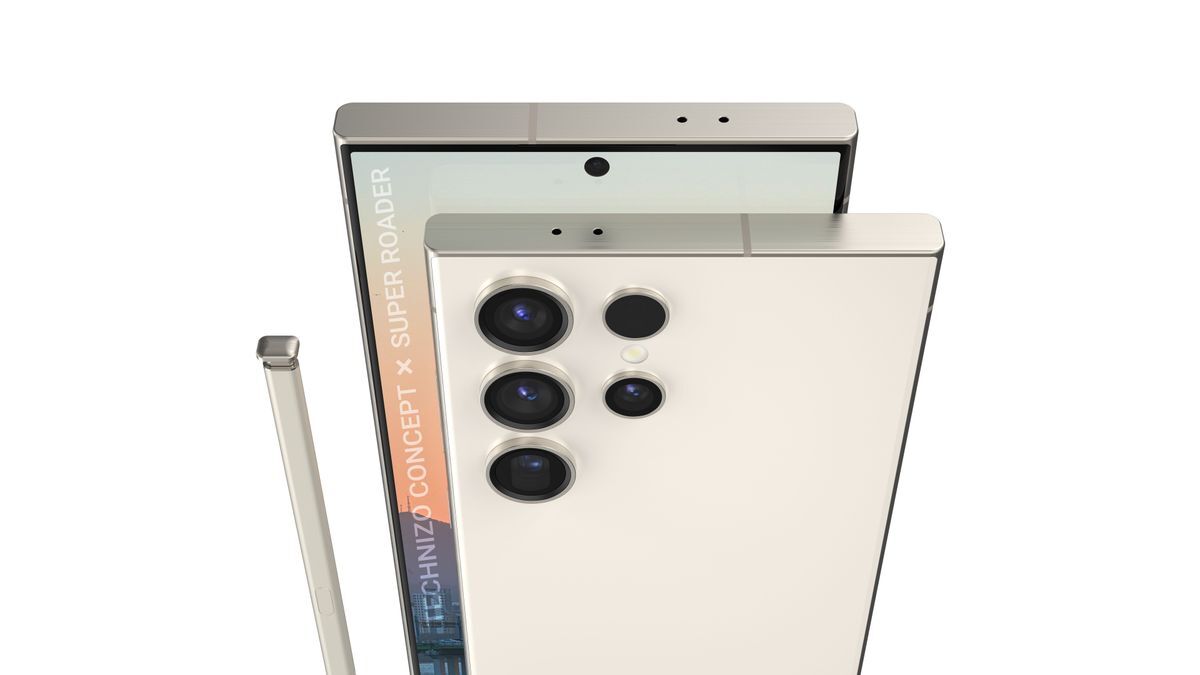- cross-posted to:
- android@lemdro.id
- cross-posted to:
- android@lemdro.id
Quoting the tl;dr in the linked article:
Samsung could be stepping up its game by offering seven years of major Android updates for the Galaxy S24 series, and the generous update policy might extend to other Galaxy flagships.
The Galaxy S24 series might also introduce charges for AI features like Live Translate and Pixel-like photo editing tools after 2025.
There’s speculation that users may need to sign in to their Samsung accounts for certain AI functionalities.



MAPLE, which is super cool:
As I understand it, the primary goal of the MAPLE project is to demonstrate interference beam management on a space-borne object, which is incredibly cool. I’m not able to find the actual paper (it’s very possible it simply hasn’t been finished yet, it looks like the experiment is ongoing) but it’s extremely interesting technology. However, atmospheric attenuation is going to reduce the power from what sounds like maybe a milliwatt to infinitesimal amounts. The reason this technology might be able to beam power to anywhere is that being in space means you have access to essentially unlimited power. There’s no real-estate concerns, so you can put as many solar panels as you want up there, and thus you don’t have to care about losses.
Obviously there’s some engineering realities that might conflict the “unlimited power” bit, but I’m glossing over things like we have a limited amount of silicon with which to make solar panels and so forth. However, since this technology is in it’s absolute infancy, it’s hard to draw conclusions. It may not work at all, and the power being beamed down is in a unit smaller than nanowatts. It’s just too new of a technology to know if it even works, given these articles are from about 6 months ago and are talking about the 6 months worth of data crunching the team has to do, I really doubt we’ll hear anything substantive any time soon.
Roads that charge cars:
These will never work. Not for theory reasons, but engineering realities I won’t gloss over. To be clear, there’s no physics-founded reason we couldn’t stick multiple overlapping inductive loops on the surface of every single road and power cars that way, it’s just that inductive charging is incredibly inefficient, so the power you’re pumping through all those loops in every road to charge up an electric car will be astronomical. And god forbid there’s potholes, exposing those insanely high amperage coils. (And before you ask, the dwell time of an electric car at a red light is so short as to be practically nonexistent). This is the same issue as the solar road tiles - it just doesn’t work to do it like this, and there’s much better and more efficient ways to use those resources that would go into the roads. And no, inductive coupling like in these roads is not RF-to-DC power transmission (unless you want to get really really pedantic about particle physics…)
A watt or two to trickle feed the phone:
Unfortunately there’s this thing called the inverse-square law, which doesn’t stop applying even when you have highly directional antennas. I’ll spare you the math (lets be honest, I’m too lazy to type and format it all up), but the takeaway is that to get a couple watts you’ll need hundreds of watts being output by the transmitter, and that’s just for a couple feet of transmission. And lets be clear, this is absolutely not safe. “This is literally radiation damage to your cellular structure” levels of not safe. For a simulation of what it would take to get enough power to meaningfully charge a phone at 10’, go jam something into the door latch on your microwave, open the door and stand 5’ away from it. That’s the power we’re talking about here. (please don’t do this, it’s an even worse idea than it sounds). It would be illegal to sell transmitters this powerful for consumer applications, because with much exposure it would kill you.
I want to be clear about something, systems that work on similar principals to this do work and they are in use today. You can even see videos of one of the umpteen billion “wireless power” companies that’s pulled this same shtick on kickstarter or wherever, there’s been dozens of them. They have videos of them charging a phone! Of course, they’re not really charging the phone, they just use a capacitor bank that’s trickle charged from an antenna array (which then pulses the charges so you phone trips into charging mode, but it won’t actually charge, it will just turn the icon on on your phone…) or, in several cases, just a battery pack hidden off screen. The systems that do work, and that we have in operation, transmit minuscule amounts of power. Way less than you could use to light an LED. They’re just used for powering incredibly lower power equipment, like RFID tags or the tattletale strips in stores. Power transmission just loses too much energy while being transmitted for this to ever be practical for anything more than that. Maybe MAPLE will change this, interference modulation turning out to be the holy grail of aiming ultra-tight beams, but I’m pretty skeptical that it will do anything on the consumer scale.
Appreciate the explanation and the thoroughness off it.